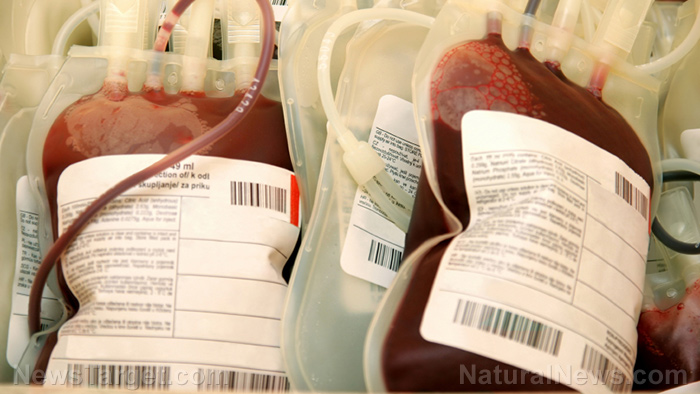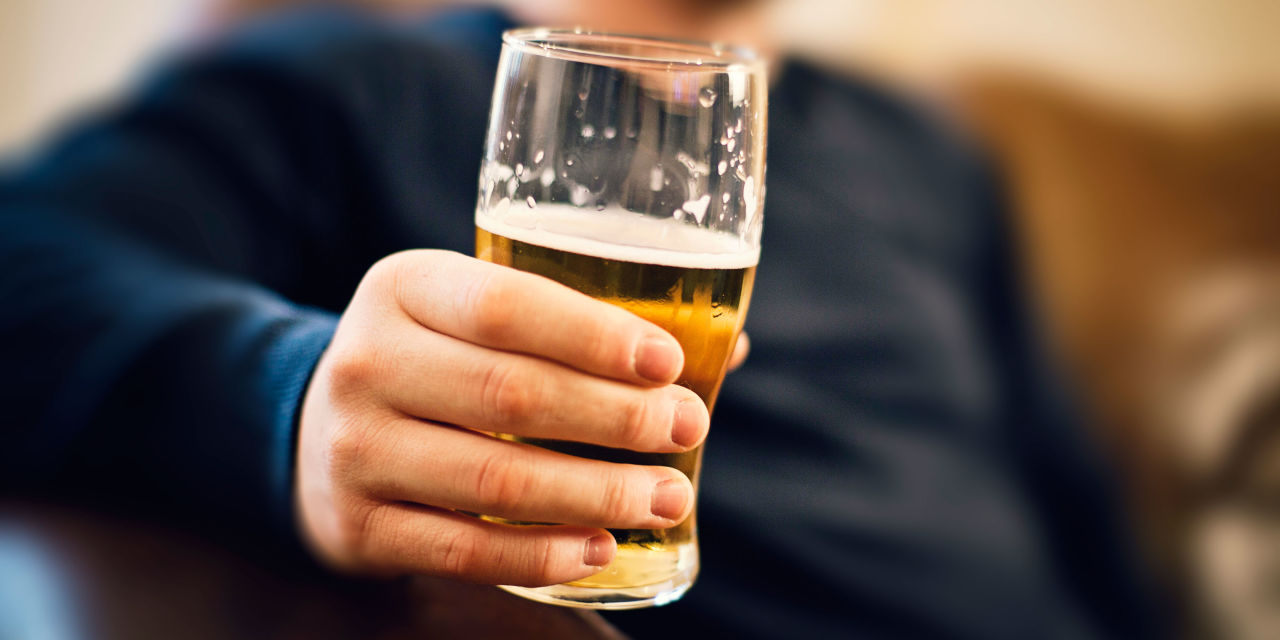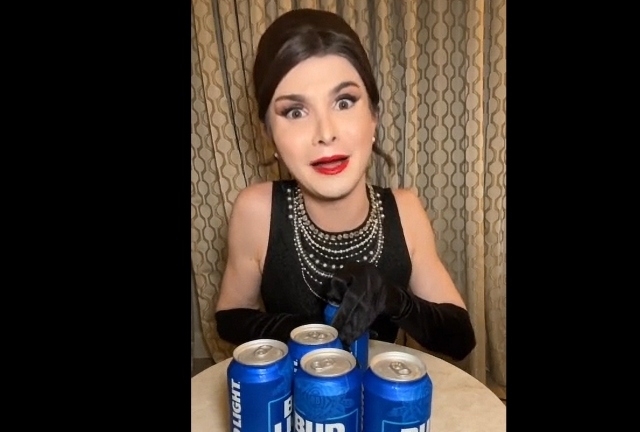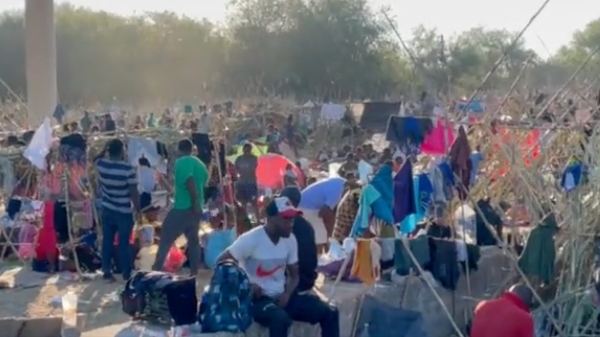
NYBC posted on Twitter: "Our current inventory of O-negative is at a one-day supply. Because O-negative is the universal donor, it's critical that we keep this blood type on the shelves and available to patients in need." According to the center, the ideal level of blood supply is for five to seven days.
"Ever since the pandemic, we've really had a hard time recovering," said Christina Foran, the center's manager. "Blood drives are not as prevalent as they used to be and all the school blood drive donors, we aren't getting in the summer."
Blood donors during the campaign dubbed "The Pint for a Pint," which will run until September 10, will get a voucher that can be redeemed at 25 breweries or restaurants for a pint of beer, cider, wine or soft drink. They can't cash them on the same day as the donation.
"The donor centers and blood drives are air-conditioned and donating blood could serve as a great break from record-breaking heat," Andrea Cefarelli, NYBC senior vice president, said in a recent news release.
Participating breweries include Brooklyn Brewery, Rab's Country Lanes and Coney Island Brewing Company in New York City. Darby Rd. Pub and harvest Moon Brewery are among the breweries in New Jersey that are accepting vouchers. Newburgh Brewing Company and Peekskill Brewery upstate New York are in the program. And on Long Island, Jamesport Farm Brewery, Tradewinds Brewing, Ubergeek Brewing and Long Ireland Beer Company are also included in the program.
Critics say giving out alcoholic beverages in exchange for blood maybe not be that bad considering the health benefits of these drinks when taken in minimal amounts. However, it could be better if donors would receive basic commodities such as bread, rice, corn, fresh meat and eggs, milk, infant formula or vegetables, especially now that inflation is affecting every American household.
Bobby Daquara, the owner of the Greenhouse Case in Bay Ridge, did a test pilot of the program back in June and brought in more than 100 donations.
Red Cross: Someone in US needs blood every two seconds
The recent decline in blood donations has truly affected its supply. According to the Red Cross website, someone in the U.S. needs blood every two seconds, be it for surgeries, cancer treatment, chronic illnesses and traumatic injuries. An estimated 29,000 units of red blood cells, about 5,000 units of platelets and 6,500 units of plasma are needed daily in the country.
Whether a patient receives whole blood, red cells, platelets or plasma, this lifesaving care starts with one person making a generous donation.
Blood and platelets cannot be manufactured; they can only come from volunteer donors and the most often requested by hospitals is type O. Type O-negative red cells can be given to patients of all blood types. Because only seven percent have this blood type, it's always in great demand and often in short supply.
The American Red Cross provides about 40 percent of the country's blood and blood components and all of these are from volunteer donors.
However, supply can't always meet demand because only about three percent of age-eligible people donate blood yearly.
As per the non-profit humanitarian organization, almost 45 percent of Americans have group O (positive or negative) blood. The proportion is higher among Hispanics (57 percent) and African Americans (51 percent). (Related: Red Cross issues warning to stop blood plasma donations from vaccinated people.)
Watch the below video that talks about blood banks that accept Wuhan coronavirus (COVID-19) vaccinated blood.
This video is from the Liberty Press channel on Brighteon.com.
More related stories:
Ukrainian Red Cross accused of involvement in harvesting children's organs.
Red Cross issues warning to stop blood plasma donations from vaccinated people.
Sources include:
Please contact us for more information.























